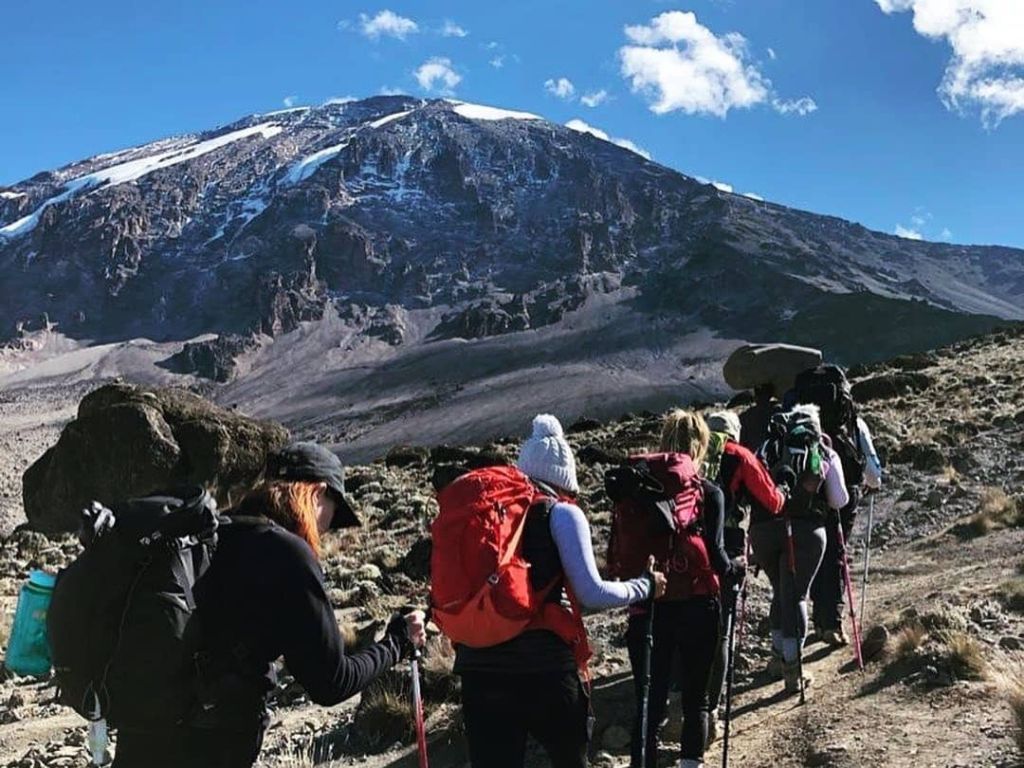
When planning to conquer Mount Kilimanjaro, understanding altitude sickness is essential. Altitude sickness, also known as Acute Mountain Sickness (AMS), occurs when your body struggles to adapt to reduced oxygen levels at high altitudes. Here’s a comprehensive guide that answers common questions and offers vital tips to help you minimize risks and maximize your chances of a successful climb.
What is Altitude Sickness?
Altitude sickness encompasses a range of symptoms that occur when your body struggles to acclimate to lower oxygen levels at higher elevations. At sea level, the air contains 21% oxygen, and the barometric pressure is 760 mmHg. As you ascend Kilimanjaro, oxygen levels remain constant, but the barometric pressure decreases, reducing the number of oxygen molecules per breath. At 3,658 meters (12,000 feet), barometric pressure drops to 483 mmHg, resulting in roughly 40% fewer oxygen molecules.
Your body compensates by increasing breathing rate, but complete acclimatization takes time. The ability to adapt is called acclimatization, and above 5,500 meters, acclimatization is not sustainable, leading to bodily decline.
Types of Altitude Sickness and Symptoms
Mild AMS Symptoms
These symptoms typically appear within 12 to 24 hours of altitude exposure and diminish after two to three days. Hikers with mild AMS can continue climbing at a cautious pace.
Moderate AMS Symptoms
Climbers experiencing moderate symptoms may struggle with normal activities. Continuing the ascent without intervention increases the risk of severe illness. Descent and medication are crucial. Even descending by 300 meters can significantly improve your condition.
Severe AMS Symptoms
Severe AMS requires immediate descent. Severe cases may progress to two critical conditions: High Altitude Pulmonary Edema (HAPE) and High Altitude Cerebral Edema (HACE).
High Altitude Pulmonary Edema (HAPE)
HAPE involves fluid accumulation in the lungs, impairing oxygen exchange and leading to symptoms such as:
Immediate descent is the only treatment for HAPE, and hospitalization may be necessary for severe cases.
High Altitude Cerebral Edema (HACE)
HACE is caused by brain swelling due to fluid leakage and can manifest through:
Immediate descent is critical, and professional medical attention is required. HACE typically occurs after a week or more at high altitude.
Acclimatization Process
Acclimatization involves gradual ascent and allowing your body to adjust over time. Aim for a pace that balances altitude gain with adequate rest. Generally, one to three days at any given altitude is necessary for proper acclimatization. Strategies include:
Climb high, sleep low: Ascend to higher altitudes during the day, then descend to lower altitudes to sleep.
Stay hydrated: Drink at least 4-6 liters of water daily.
Pace yourself: Adopt a "polepole" (slow) pace and avoid over-exertion.
Monitor symptoms: Communicate regularly with guides about your condition.
Preventative Medications
Diamox (Acetazolamide): This drug improves oxygen metabolism and is commonly used to prevent AMS. Begin taking Diamox 24 hours before ascent and continue for five days. Consult your doctor for the appropriate dosage and prescription.
Ibuprofen: Effective for altitude-induced headaches.
Nifedipine and Frusemide: May be used to treat specific conditions like HAPE but should only be administered by a medical professional.
Headaches: Common and often caused by dehydration or tension. Rest, hydrate, and use pain relief if necessary.
Nosebleeds: Treat with pressure and nasal sprays if needed.
Snow Blindness: Wear UV-protective sunglasses to prevent corneal sunburn.
Sunburn: Use high-SPF sunscreen and wear sun-protective clothing.
Diarrhea: Stay hydrated and follow a balanced diet. Use oral rehydration solutions if necessary.
Dehydration: Drink plenty of water regularly to keep urine clear.
Emergency Medical Kit and First Aid Tips
All climbers should carry a personal medical kit, which should include:
Remember, your first aid kit is only as effective as your knowledge of how to use it. Basic first aid training can be invaluable for self-care and group safety.
Why Choose Incredible Africa Adventures for Your Kilimanjaro Climb?
Incredible Africa Adventures prioritizes your safety and success. Our experienced guides are trained to recognize and address altitude sickness symptoms promptly. We offer:
Our commitment to client well-being ensures a safer, more enjoyable climb.
Final Tips for Managing Altitude Sickness
Ready to conquer Kilimanjaro safely and confidently? Contact Incredible Africa Adventures today to begin your journey to the Roof of Africa!
Drop us a line. Our Safari experts will answer all your questions in 24 hours